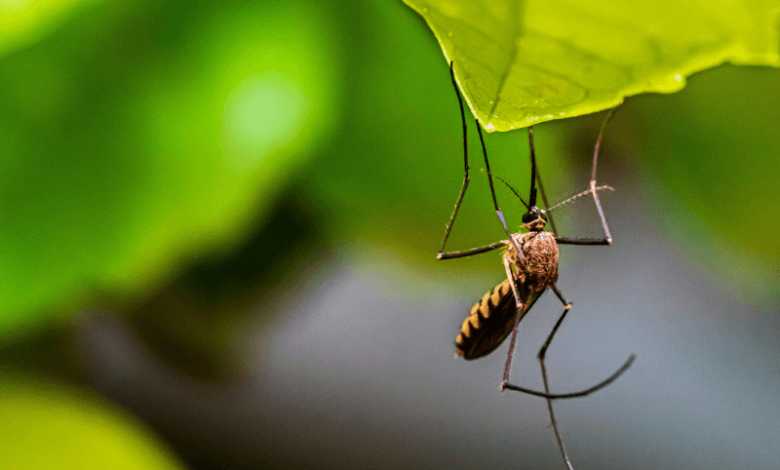Is Climate Change Expanding The Reach Of EEE, A Rare Mosquito-Borne Disease

Rising temperatures, floods, and humidity are increasing breeding grounds for mosquitoes and emergence of new diseases and viruses around the world. Climate change is altering landscapes in such a manner that gives rise to mosquitoes and the diseases spread by them. Scientists have already warned that climate change is increasing the risk of malaria and dengue fever.
And the same is for Eastern Equine Encephalitis (EEE) virus. This is also a mosquito-borne disease but is said to have a high mortality rate. There have been reports of EEE infection in several parts of the United States, mainly New Jersey, Wisconsin, Vermont, and Massachusetts. Despite there being no major risk of a major outbreak, public health officials and researchers are worried because this virus is very new and they don’t know how it works. It needs more research.
Moreover, their concerns can be pointed to the fact that there is no known cure for this disease. In recent years, the public health system faced near collapse because of the COVID-19 pandemic. Researchers, scientists and pharmaceutical companies worked together with their respective governments for vaccines to help contain and stem the coronavirus.
Climate Change Giving Rise to Mosquito-born Diseases
Scientists believe that EEE or triple E is somewhat similar to the West Nile virus, another mosquito-borne disease, which affects people in the United States every summer. Theodore G. Andreadis, a researcher, said there has been a resurgence of activity with EEE in the last 10 years. He highlighted that there has been an advancement of this disease into more northern regions.



